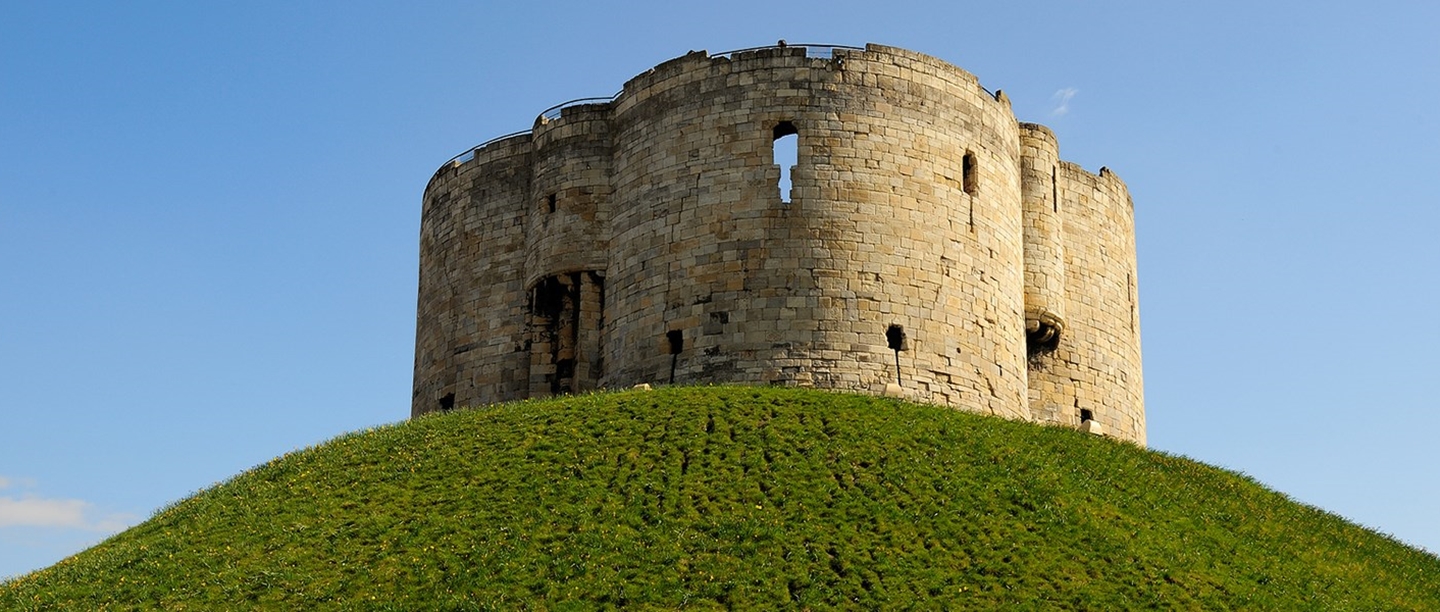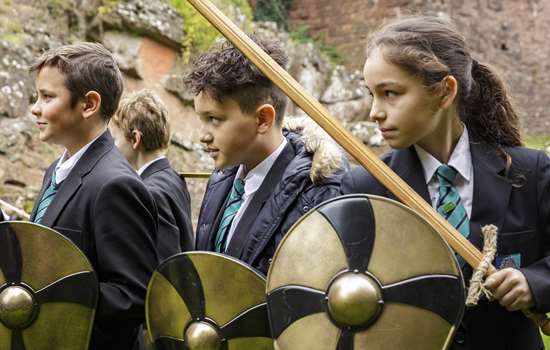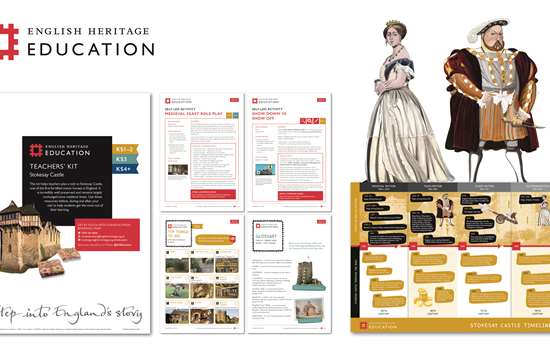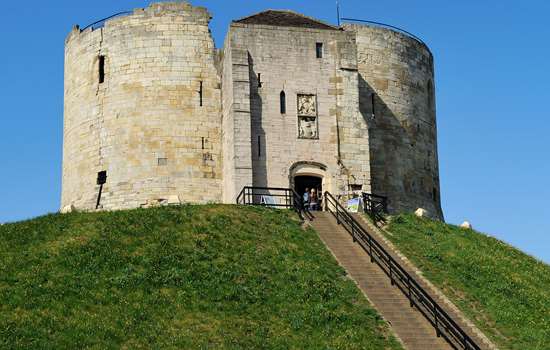Getting to Grips with the Area
York had become a thriving trading centre by the time of the Norman Conquest because of its position between the rivers Ouse and Foss. William the Conqueror built the first castle at York in 1068 to help impose his authority in the north of England. Although he faced recurring rebellions, and his castle was was repeatedly destroyed, William's severe policy of laying waste to rebellious areas eventually ensured his domination of York and the surrounding area.
In 1190, York Castle was the site of one of the worst anti-Semitic attacks in medieval England. During a period of growing anti-Semitic hostility, around 150 members of York's Jewish community took refuge from an angry mob inside the castle's tower. Many decided to take their own lives rather than being killed or forcibly baptised by the mob outside and between 20 and 40 families perished.
The castle was largely rebuilt and developed by Henry III during the 1240s and 1250s. He feared war with Scotland and wanted to strengthen the defences of northern English towns. His descendents, Edward I and Edward II used the castle as a base for local and national government during ongoing conflict with Scotland during the 14th century.
In the following centuries, Clifford's Tower transitioned from a fortification to a site of imprisonment and execution, while the castle and city around it changed dramatically. Eventually, following accidental damage, decay, and the development of new prison buildings on the site of the old castle, the Tower became increasingly neglected. The city developed into a regional cultural centre rather than a defensive northern town and Clifford's Tower became a historic monument within a changing modern cityscape.
Top Resources
-
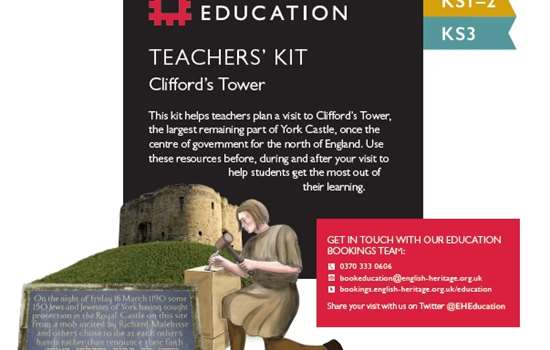
Clifford's Tower Teachers' Kit (KS1-KS3)
Use the historical information, timeline, glossary and sources in this teachers' kit to find out more about Clifford's Tower's history.
-
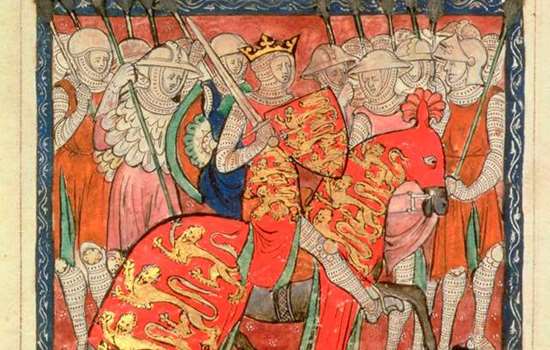
History of Clifford's Tower
Read our full history of Clifford's Tower to find out more about the Tower's development and later decline.
-
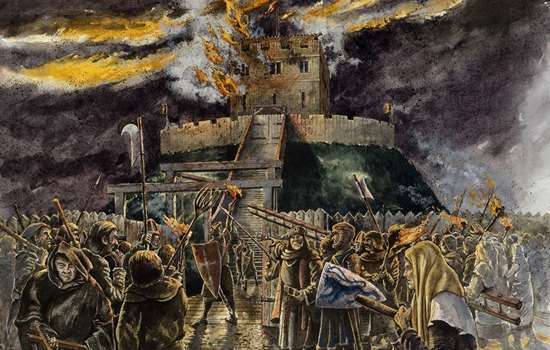
The Massacre of the Jews at Clifford's Tower
Understand the context of anti-semitism in medieval England and how hostility towards York's Jewish community led to a tragic massacre in 1190.
-
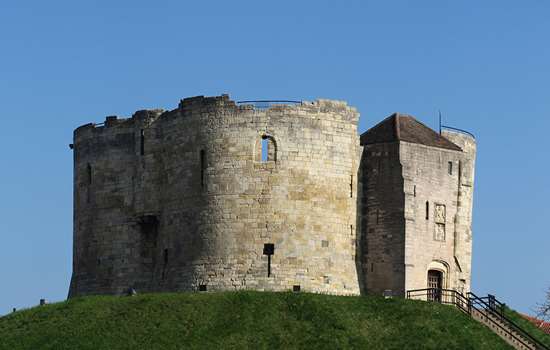
Why is Clifford's Tower Important?
Find out more about why Clifford's Tower still matters and what it can tell us about the city of York.
Suggested Activities
-
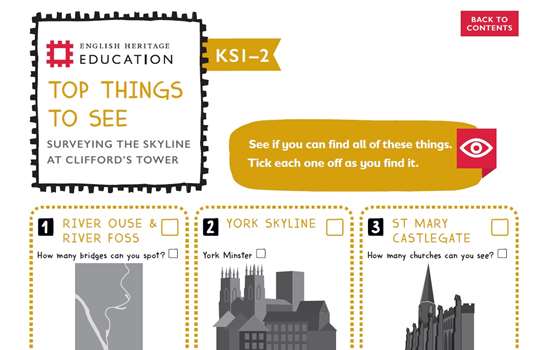
Top Things to See (KS1-KS2)
Use our Top Things to See map to find key features in the city of York's skyline from the top of Clifford's Tower.
-
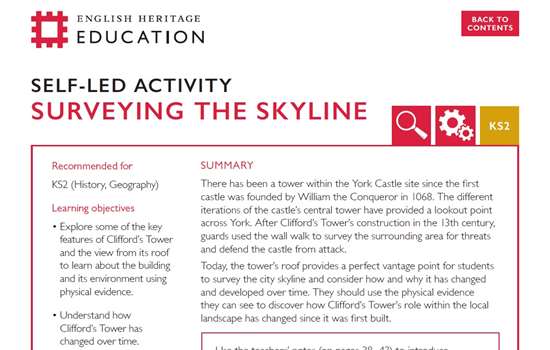
Surveying the Skyline (KS2)
Look across York's skyline from the roof of Clifford's Tower and reflect on how the cityscape has changed and developed over time.
-
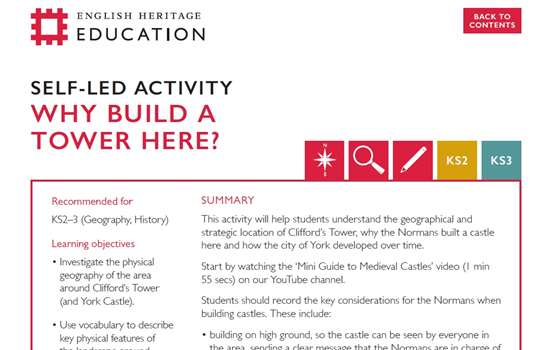
Why Build a Tower Here? (KS2-KS3)
Consider why William the Conqueror chose to build a castle in York with this map-based activity.
-
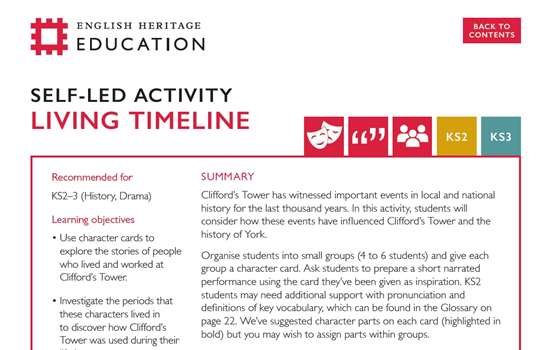
Living Timeline (KS2-KS3)
Take on the roles of characters from Clifford's Tower's history to better understand the site's changing fortunes and the development of York in this role play activity.
Video Resources
-
A Brief History of the Normans
Uncover the history of the Normans in this brief video to better understand the context of William the Conqueror's victory at the Battle of Hastings and the Norman Conquest.
-
A Mini Guide to Medieval Castles
Find out more about the development of castles and their features during the Middle Ages.
-
How to Take a Medieval Castle
Discover how medieval attackers attempted to take castles like the one at York in this short animation.
-
History at Home Live! Castles
Join Ben Shires and our expert Jeremy Ashbee as they explore why castles were built, who lived there and how they developed over time.
Link Your Learning
ENGLISH - Research Clifford's Tower and it's relationship with the city of York. Use your research to write a persuasive piece of writing arguing that the site should be recognised more widely for its unique history.
MATHS - Consider the shapes used to create York Castle and Clifford's Tower. What are these shapes and why are they important to the buildings' design?
SCIENCE - Find out more about the minting process and consider the properties of materials used to make coins. Which kinds of metals and compounds were used and why? How hot would the furnaces at Clifford's Tower have to be to reach the melting points for these metals?
GEOGRAPHY - What do the geographical features around Clifford's Tower today tell us about how York has changed over time? Think about things like the current condition of York's medieval fortifications, bridges, parks, and any modern buildings you can see.
ART AND DESIGN - York Castle and Clifford's Tower have inspired many artists who have given us a record of their gradual decline through visual art. Research some examples of these artworks and create your own in the same or a contrasting style. (Hint: York Museums Trust collections online may help inspire you.)
DRAMA - Choose a character from the history of Clifford's Tower and prepare a short speech reflecting their experience of York Castle. You could use the character cards in our Living Timeline activity to help inspire you and perform your speech in character.
Visiting Clifford's Tower
Getting out of the classroom and to historical sites brings history to life, allowing students to engage with national events at a local level. Young people love exploring new places and always ask intriguing questions to help them understand change and continuity over time, as well as inspiring cross-curricular projects.
Clifford’s Tower has been central to the story of York, and the country, for a thousand years. Once part of a castle, it formed a protective safe place for its residents, its views allowing guards to spot potential threats quickly. The castle withstood Danish and Scottish invasions, as well as a medeival civil war, and was then rebuilt after an horrendous attack on the community of Jewish people living in York. As its role as a defensive residence became less important, the Tower served as an administrative building, prison and, after a period of neglect, is now a tourist attraction – all reflecting a changing national picture.
Enjoying spectacular views across the city, students can spot the natural defences provided by the landscape; identify the links between the tallest buildings, and find evidence of York’s industrial heritage.
Entry is free for education groups, including a free pre-visit for organisers. There is also an exciting new Teachers’ Kit full of ideas to help plan your visit.
Please don’t hesitate to get in touch if you would like any more information or help. We look forward to welcoming you.
- Angela Peirson, Education Visits Officer (North)
